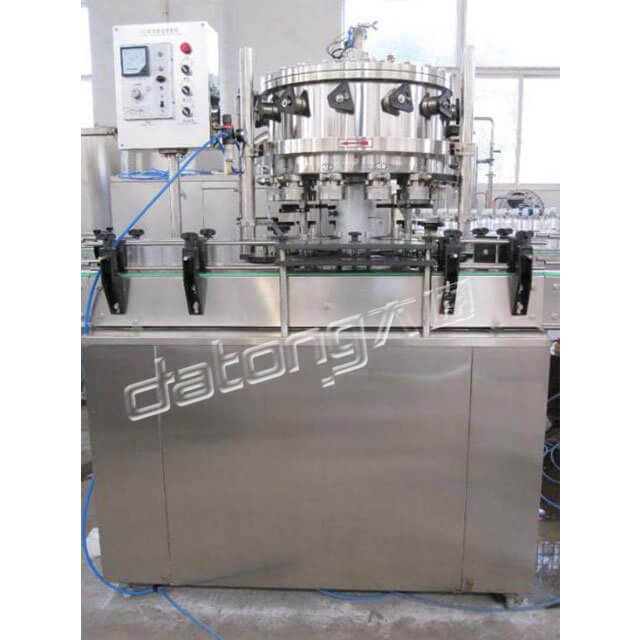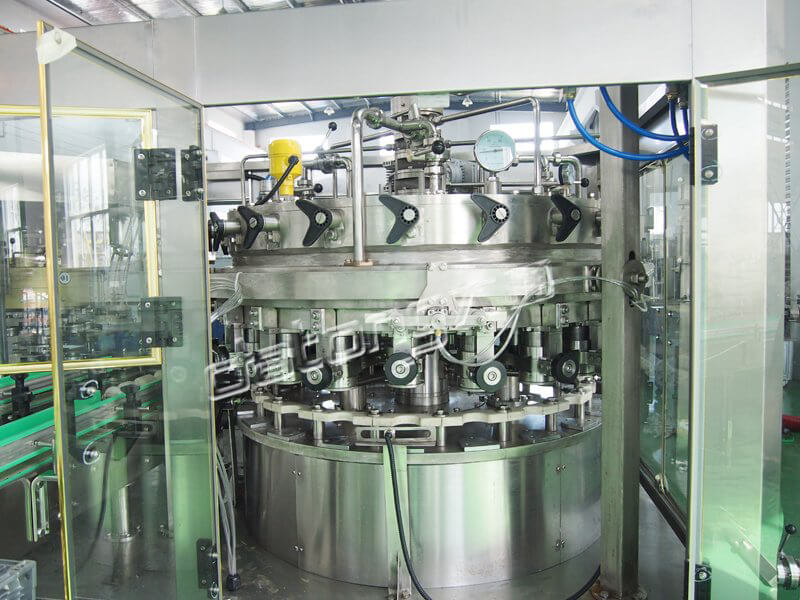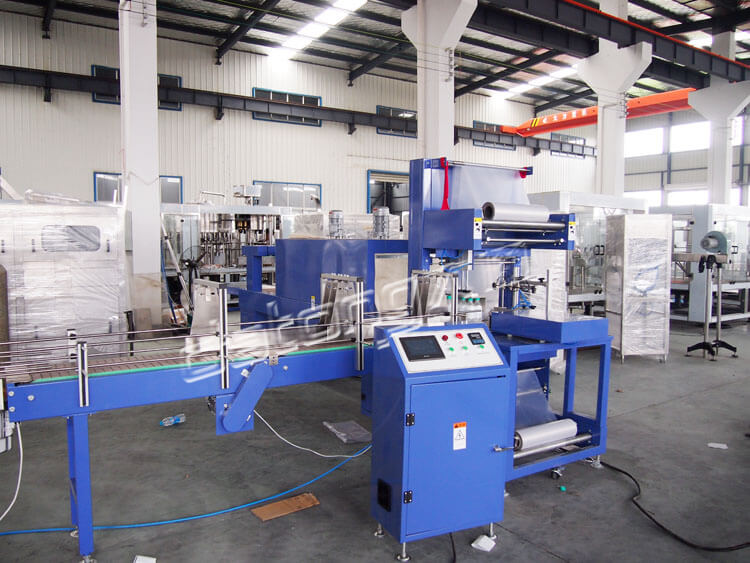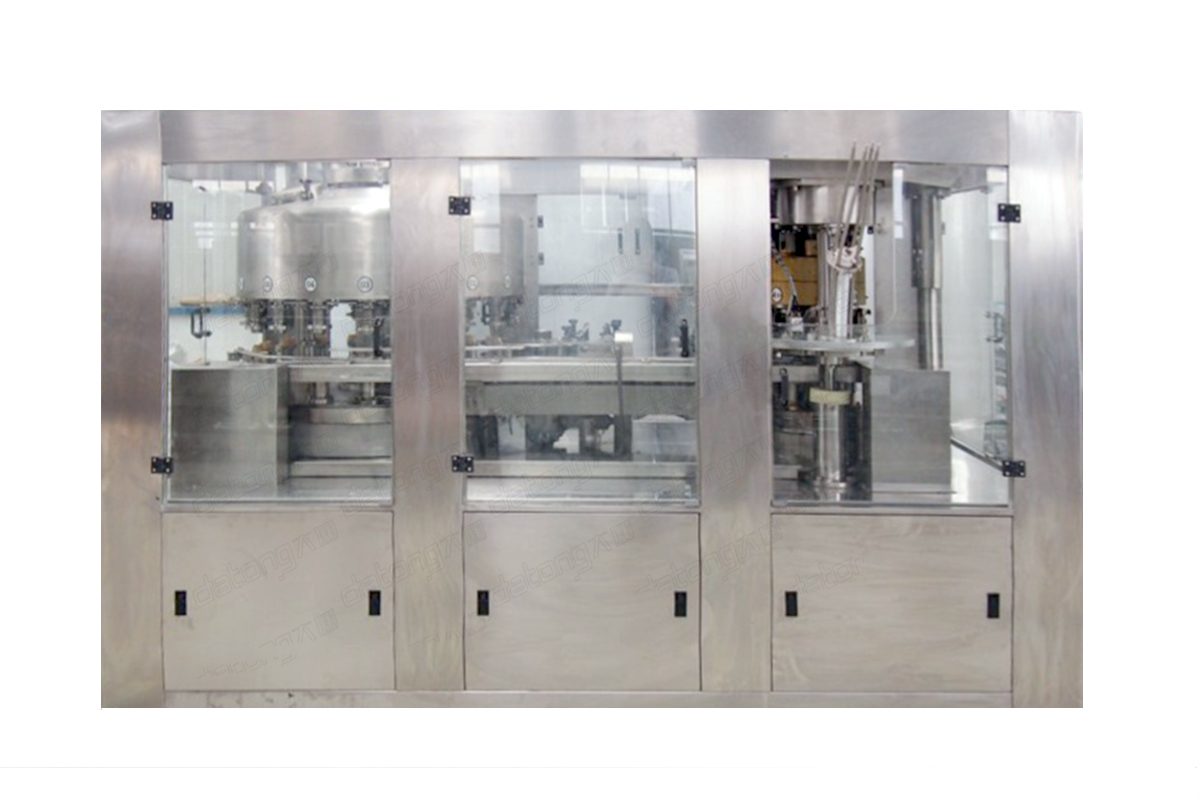Highlights of Beverage Can Packaging
Views: 673
Author: Site Editor
Publish Time: 2019-08-06
Origin: Site
The first attempts to can a beverage (specifically, beer) date back to 1909 but it was not until 1935 when such cans were marketed. Since then, the materials and manufacturing processes of these packages have not stopped evolving. The current formats are those of 33 cl. and 50 cl. although cans from 15 cl can be found in the market up to 568 cl of the traditional English pint.
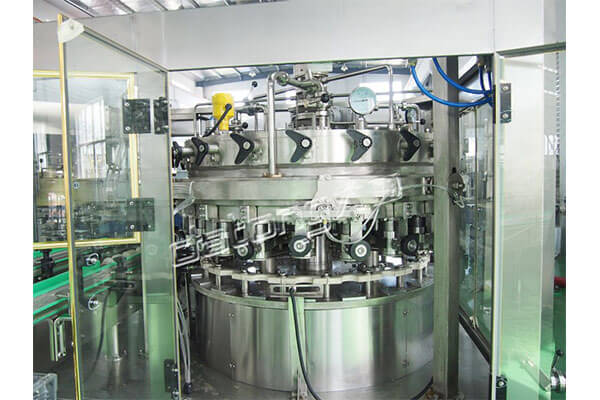
The beverage cans can be made of steel or aluminum and their manufacturing processes are practically identical. These are very light containers whose composition guarantees the protection of the contents for a long period before the entry of air and light. They are resistant and because of their weight and size they are very manageable and easy to transport and store. Also, the material allows the content to cool quickly. The beverage can packaging machine is an indispensable equipment used in the packaging process.
Having talked about the can as a container used in the packaging of beverages, let’s have a look at a highlight of the processes involved in packaging of beverage products.
Basically, the phase of the process consists in the packaging of the finished beverage in its different formats.
But, it is important to consider the safety of the entire process. This is why the inspection processes in this phase are key to guarantee the quality of the final product. It must not be neglected at any given time.
There are different stages involved in the beverage packaging. This process is the same irrespective of the type of container used in the packaging of the final product as long as the packing machine is the same. (There are different models of the beverage filling machine in the market and categorized according to the level of automation).
The first stage consists in the reception of reusable containers and their subsequent washing, or the supply of first-use containers. However, for the aluminum can which is often used for some beverages, there is no need for prewashing process because it is a one-time use container and requires production of a new one for a specific production batch.
Then we proceed to the filling of the containers. Here, nozzles on the beverage can filling machine which are appropriate for the size of the can are positioned in such a way that the beverage are directed into the container. This could be by application of external pressure or actually by gravity. Filling by gravity does not require any extra application of force as the beverage flows into the container through a nozzle.
The capping of these containers. This follows after the filling process. Capping will depend on the type of container used in the packaging process. Capping is usually done for the glass bottles and the PET containers that have caps on them. For the aluminum can, there is a special capping process.
The last stage is that of labeling, packaging and coding, of which the result is the final product ready for storage and subsequent distribution.




